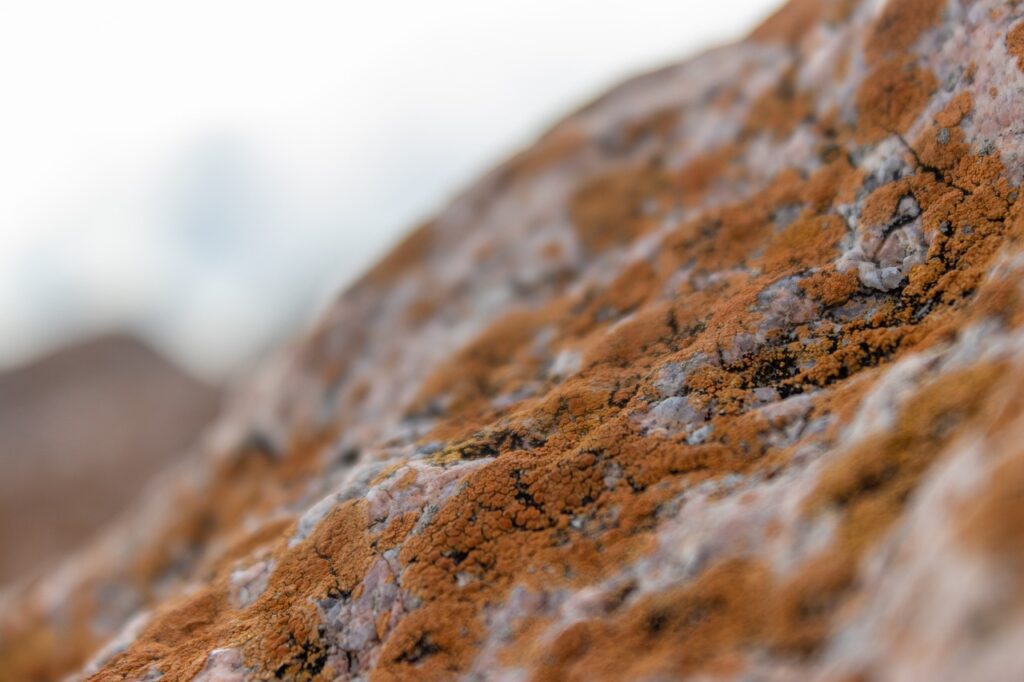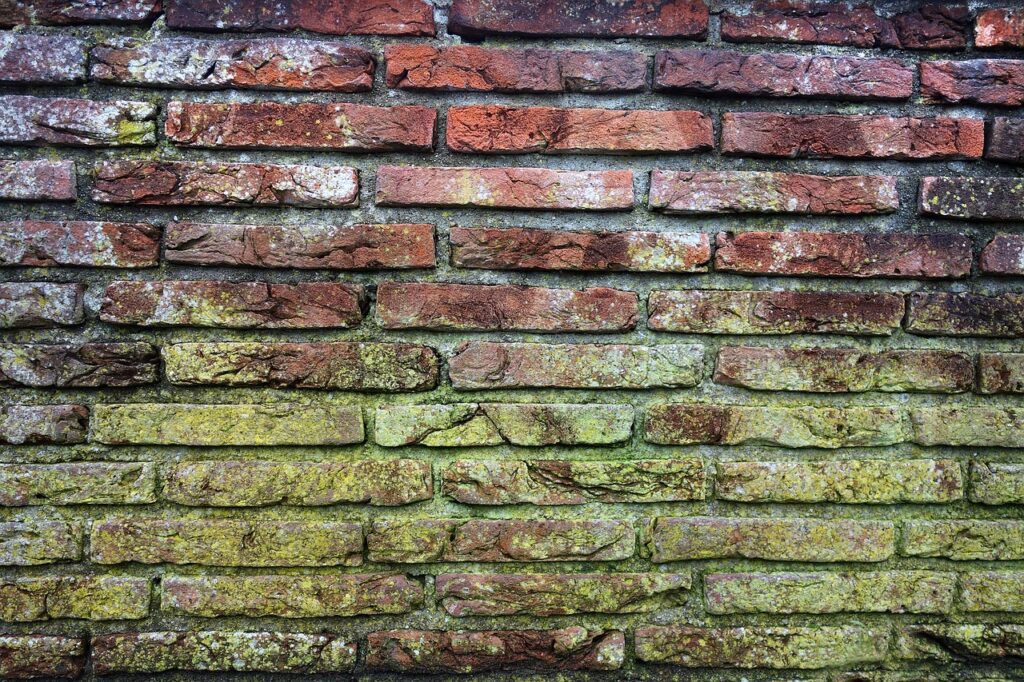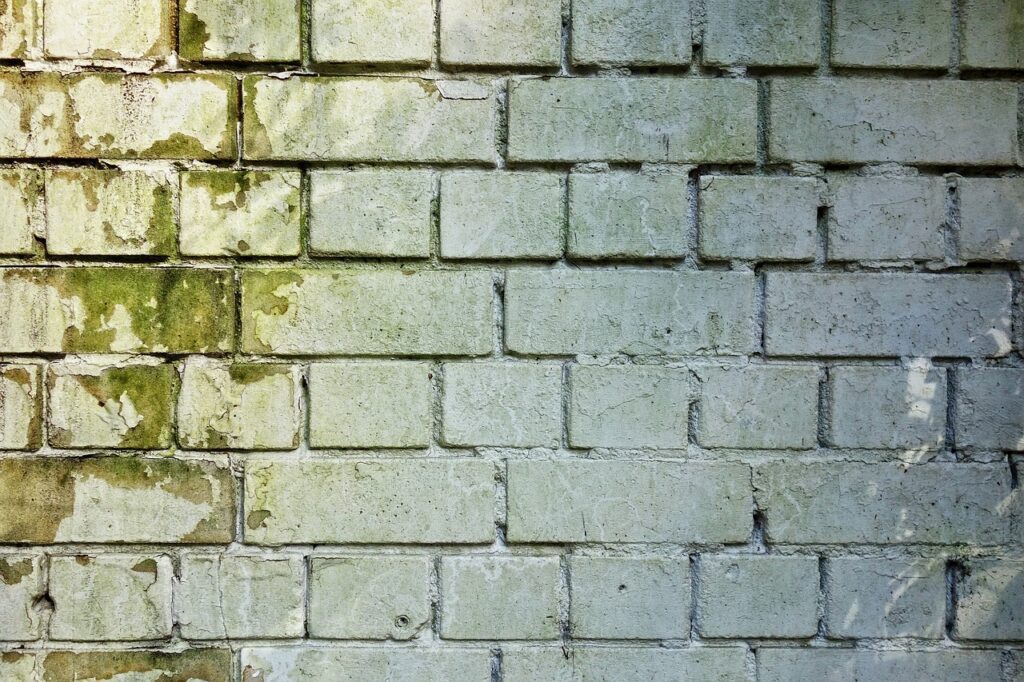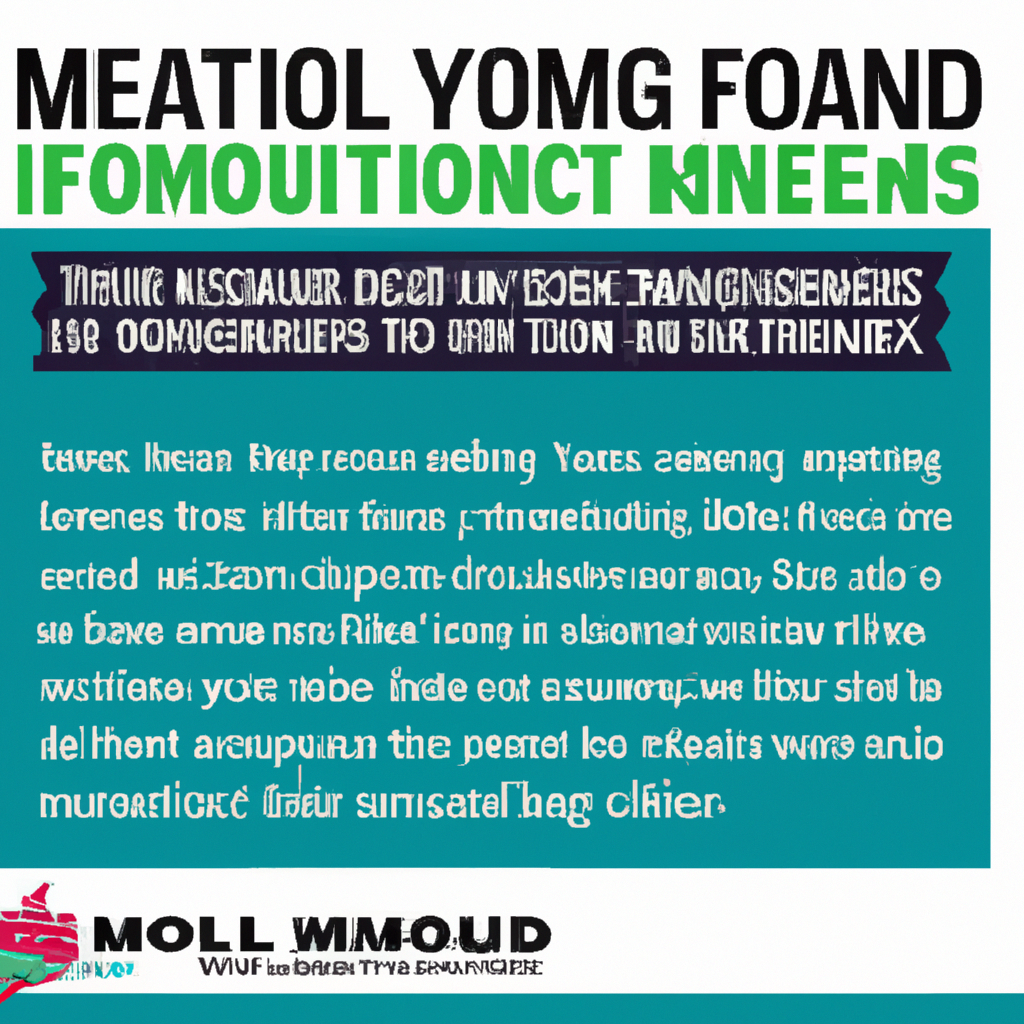In the world of home inspections, one question on many homeowners’ minds is whether mold will be a deal-breaker. After all, no one wants to purchase a beautiful house, only to discover hidden mold issues lurking behind the walls. In this article, we will explore the impact of mold during a home inspection, shedding light on whether or not it can lead to a failed inspection. So, if you’re in the process of buying or selling a house and are curious about the role of mold in the inspection process, read on to find out more.
Understanding Home Inspections
Purpose of Home Inspections
Home inspections play a crucial role in ensuring the safety and quality of a residential property. The primary purpose of a home inspection is to provide an unbiased evaluation of a property’s condition, identifying any potential issues or defects that may need attention. This comprehensive examination covers various aspects of a home, including its structure, systems, and components, to give buyers a clear understanding of what they are investing in.
Inspectors’ Responsibilities
Home inspectors have a vital responsibility to thoroughly inspect a property and provide an objective assessment of its condition. Their role is to identify any existing or potential problems, ensuring that buyers are fully informed before making a purchasing decision. Inspectors must adhere to industry standards and codes of ethics, remaining unbiased and unbiased throughout the evaluation process. By fulfilling their duties diligently, home inspectors help protect the interests of both buyers and sellers.
Components of a Standard Home Inspection
During a standard home inspection, several key areas of a property are carefully examined. These include the structure, exterior, roofing, plumbing, electrical systems, HVAC (heating, ventilation, and air conditioning), insulation, and interior. A thorough evaluation covers visual inspections of each component, ensuring they meet safety standards and are functioning as intended. Any deficiencies or potential concerns are documented in a detailed home inspection report, which serves as a valuable resource for buyers and sellers.
The Significance of Mold in Homes
Health Hazards Posed by Mold
Mold in homes presents significant health risks that can adversely affect the occupants. Exposure to mold spores can trigger respiratory problems, allergies, and asthma-like symptoms, particularly in individuals with preexisting health conditions. Prolonged exposure to mold can lead to more severe health issues, including chronic lung diseases. Given the potential health hazards, it is vital to address mold problems promptly to maintain a safe and healthy living environment.
Impact on Home Infrastructure
Apart from the health concerns, mold growth can pose a serious threat to a property’s infrastructure. Mold thrives in damp environments and can proliferate rapidly, compromising the structural integrity of a home. It can cause rotting, weakening of the foundation, and damage to drywall, ceilings, and flooring. If left unaddressed, mold infestations can lead to costly repairs and reduce the overall value of a property. Thus, it is essential to detect and address mold issues in a timely manner to prevent extensive damage.
Types of Molds Commonly Found in Homes
There are various types of molds that can be commonly found in homes. Some common examples include Cladosporium, Penicillium, Alternaria, and Aspergillus. Each type of mold has its characteristics and growth patterns, which can vary depending on the specific conditions present in the home. Identifying the type of mold present is crucial in determining the appropriate remediation steps and understanding the potential health risks associated with it.

Roles of Home Inspectors in Mold Detection
Specific Responsibilities
Home inspectors play a vital role in mold detection during the inspection process. While they are not mold experts, they are trained to identify visible signs of mold growth and provide recommendations for further evaluation by a qualified mold professional. Inspectors are responsible for thoroughly examining areas susceptible to mold, such as basements, bathrooms, crawl spaces, and areas with known water intrusion. By alerting their clients to the presence of mold, inspectors ensure that necessary actions can be taken to address the issue effectively.
Visual Inspections for Mold
Visual inspections are an essential part of the home inspection process for mold detection. Inspectors carefully observe areas known for moisture accumulation or visible signs of mold, such as discoloration, staining, or musty odors. They assess the severity of the mold growth, evaluate potential sources of moisture, and identify any water damage or leaks that could contribute to mold development. Through these visual inspections, inspectors can provide preliminary information about mold presence, enabling homeowners to take appropriate actions.
Use of Equipment in Mold Detection
While visual inspections play a significant role, home inspectors may also use equipment to aid in mold detection. Moisture meters can help identify areas with excessive moisture, which are prone to mold growth. Thermal imaging cameras can detect temperature variations that may indicate moisture intrusion or hidden plumbing issues. These tools provide valuable additional information, supporting the inspector’s assessment and helping homeowners make informed decisions regarding mold remediation.
How the Presence of Mold Can Influence the Outcome of Home Inspection
Perceived and Actual Mold Damage
The presence of mold can significantly impact the outcome of a home inspection. Both perceived and actual mold damage can raise concerns for buyers and potentially affect their willingness to proceed with a purchase. Even if the mold is minimal and non-toxic, its presence can still create doubt and uncertainty. It is essential to address any mold issues promptly to avoid potential complications during the sale process.
Laws Regarding Mold Disclosure
Various states have specific laws and regulations regarding mold disclosure in real estate transactions. Sellers may be legally obliged to disclose the presence of mold or any previous mold remediation efforts. Similarly, buyers have the right to inquire about mold-related issues and obtain clear information before finalizing a purchase. Understanding and compliance with these laws are crucial for both buyers and sellers to ensure a fair and transparent transaction.
How Mold Can Affect Property Value
Mold growth, especially if extensive, can have a considerable impact on a property’s value. Potential buyers may negotiate for a lower price or request remediation before finalizing the purchase. The perception of mold damage can lead to decreased marketability and longer listing times, affecting the overall sale process. It is prudent for sellers to address any mold issues proactively to protect the value of their property and facilitate a smoother transaction.

Different Home Inspection Standards and Mold
The ASHI Standards
The American Society of Home Inspectors (ASHI) has established comprehensive standards for home inspections, which cover various aspects, including mold assessment. ASHI standards encourage inspectors to report visible signs of mold growth and recommend further evaluation when necessary. While the standards do not require inspectors to test for mold or determine its toxicity, they provide guidelines for assessing and reporting mold-related findings during a home inspection.
The InterNACHI Standards
The International Association of Certified Home Inspectors (InterNACHI) also provides standards for home inspections that address mold. InterNACHI standards emphasize the identification of visible mold growth and the potential sources of moisture contributing to its presence. Inspectors are encouraged to report mold-related observations to clients and recommend professional mold assessment as needed. These standards help ensure that homeowners receive comprehensive information about mold issues during the home inspection process.
How Home Inspection Standards Address Mold
Home inspection standards, such as those provided by ASHI and InterNACHI, recognize the significance of mold in residential properties. While they do not require inspectors to perform mold testing or provide remediation services, these standards ensure that inspectors are trained to identify visible signs of mold growth and make appropriate recommendations. By adhering to these standards, inspectors contribute to the overall integrity and professionalism of the home inspection industry.
Steps Taken When Mold is Detected
Informing the Buyers/Sellers
When mold is detected during a home inspection, it is essential for inspectors to communicate their findings to both the buyers and sellers. Buyers need to be informed of the mold presence and its potential impact on their health and the property. Sellers should also be made aware of the issue to ascertain whether they were already aware of the mold and took necessary remediation steps. Open and transparent communication is crucial to ensure all parties are well-informed and can make informed decisions.
Contacting Mold Remediation Professionals
Upon detecting mold, inspectors should recommend that buyers or sellers consult with qualified mold remediation professionals. These experts specialize in assessing the extent of the mold growth, identifying the type of mold present, and providing appropriate remediation strategies. By involving professionals, homeowners can ensure that the mold issue is addressed correctly, minimizing health risks and preventing further damage to the property.
Potential Impact on Sale Process
The presence of mold can potentially impact the sale process, depending on the severity and the parties involved. Buyers may request further investigation or remediation before proceeding, which can lengthen the overall transaction timeline. Sellers, on the other hand, may need to address the mold issue to maintain the interest of potential buyers and preserve the value of their property. The impact on the sale process will depend on the nature of the mold problem and the willingness of the parties to negotiate an appropriate solution.

Inspectors’ Liability Regarding Mold Inspection
The Dangers of Unreported Mold
Home inspectors may face liability issues if they fail to report the presence of mold during an inspection, particularly if it poses potential health risks. Failure to identify and disclose mold could result in legal action by the buyers, who may claim damages due to undisclosed health hazards or costs associated with mold remediation. Inspectors must remain diligent and thorough during inspections, ensuring they fulfill their responsibilities to protect the interests of their clients.
Legal Action for Missed Mold
If mold is missed during a home inspection and later discovered, buyers may pursue legal action against the inspector for professional negligence. This can result in significant financial liabilities, damage to the inspector’s reputation, and the potential loss of their professional license. To mitigate the risk of legal action, home inspectors must exercise due diligence, follow industry standards, and provide accurate and comprehensive reports to clients.
Limitations of Liability
While home inspectors have a responsibility to identify visible signs of mold growth, it is important to recognize their limitations. Inspectors are not mold experts and cannot determine the toxicity or the extent of mold growth beyond what is visible. Their role is to inform buyers of their observations and recommend further evaluation by specialists. Inspectors may include disclaimers in their reports, clearly outlining their scope of inspection and limitations of liability regarding mold detection.
Home Inspection Reports and Mold
Inclusion of Mold in Reports
Mold should be included in home inspection reports when it is identified during the inspection process. Inspectors should provide clear and detailed information about the location, severity, and potential causes of mold growth. This allows buyers to make informed decisions and take appropriate actions to address the mold issue. By including mold-related findings in their reports, inspectors contribute to the transparency and thoroughness of the inspection process.
Interpretation of Mold Findings in Reports
Interpreting mold findings in home inspection reports requires an understanding of the severity and potential risks associated with the specific mold identified. Inspectors should provide clear explanations and recommendations to help buyers and sellers evaluate the significance of the mold issue. This can include suggestions for further evaluation by mold professionals and the potential impact on the property’s value or habitability. The interpretation of mold findings gives clients a comprehensive understanding of the situation, empowering them to make informed decisions.
Impact of Mold in Final Reports
The presence of mold in a home inspection report can have significant implications for both buyers and sellers. For buyers, mold findings may warrant closer scrutiny and potential negotiations regarding remediation or price adjustments. For sellers, mold issues must be addressed and resolved before listing the property to maintain marketability and protect the value of their asset. Including mold information in the final inspection report ensures that all parties have a clear understanding of the situation and can act accordingly.

Mold Remediation After Failed Home Inspection
Choosing a Mold Remediation Service
After a failed home inspection due to mold issues, homeowners should enlist the services of professional mold remediation specialists. It is important to choose a reputable company with experience in mold removal and remediation. Homeowners can seek recommendations from their home inspector, real estate agent, or trusted sources. Conducting thorough research, reading reviews, and verifying credentials can help ensure that the chosen mold remediation service is qualified and capable of effectively addressing the mold problem.
Cost of Mold Remediation
The cost of mold remediation can vary depending on factors such as the size of the affected area, the type of mold present, and the extent of damage. It is essential for homeowners to obtain multiple quotes from different remediation companies to compare pricing and services offered. While cost is an important consideration, it should not be the sole determining factor. Quality of service, expertise, and reputation should also be taken into account when selecting a mold remediation service.
Post-Remediation Home Inspection
After mold remediation is completed, it is advisable to have a post-remediation home inspection conducted to ensure the effectiveness of the remediation efforts. This inspection will assess the property to verify that the mold has been successfully removed and that any underlying issues contributing to the mold growth have been addressed. A post-remediation inspection provides homeowners with peace of mind, confirming that the property is safe and free from mold contamination.
Preventing Mold before a Home Inspection
Carrying out Regular Home Maintenance
Regular home maintenance is crucial in preventing mold growth and ensuring a safe living environment. Homeowners should perform routine checks for water leaks, address any plumbing issues promptly, and maintain proper ventilation throughout the house. Regular cleaning and drying of areas prone to moisture, such as bathrooms and basements, can also help prevent mold growth. By staying proactive with home maintenance, homeowners can minimize the likelihood of mold issues arising before a home inspection.
Monitoring Moisture Levels
Monitoring moisture levels in the home is essential for mold prevention. Homeowners should regularly check for signs of excess moisture, such as condensation on windows or walls, dampness in basements, or musty odors. Using dehumidifiers in high-humidity areas can help control moisture levels and inhibit mold growth. By being vigilant and addressing moisture issues promptly, homeowners can reduce the risk of mold development and ensure a healthier living environment.
Implementing Ventilation to Prevent Mold
Proper ventilation plays a crucial role in preventing mold growth. Homeowners should ensure that bathrooms, kitchens, and laundry rooms have adequate ventilation systems, such as exhaust fans or windows. Proper ventilation helps remove excess moisture and prevents it from accumulating, reducing the conditions that promote mold growth. By implementing effective ventilation strategies, homeowners can create an environment that is less conducive to mold development, increasing the chances of passing a home inspection without any mold-related concerns.
In conclusion, understanding the significance of mold in homes and the roles of home inspectors in mold detection is essential for both buyers and sellers. Mold can pose health hazards and impact a property’s value and structural integrity. Home inspectors have a responsibility to thoroughly assess a property for mold and provide accurate information to clients. By following established home inspection standards, communicating findings effectively, and recommending appropriate actions, home inspectors contribute to the overall integrity of the inspection process. Homeowners, on the other hand, should take preventive measures, promptly address any mold issues, and involve qualified professionals to ensure proper remediation and the preservation of their property’s value. With a comprehensive understanding of mold-related issues, buyers and sellers can make informed decisions regarding the purchase or sale of a home and maintain a safe and healthy living environment.
